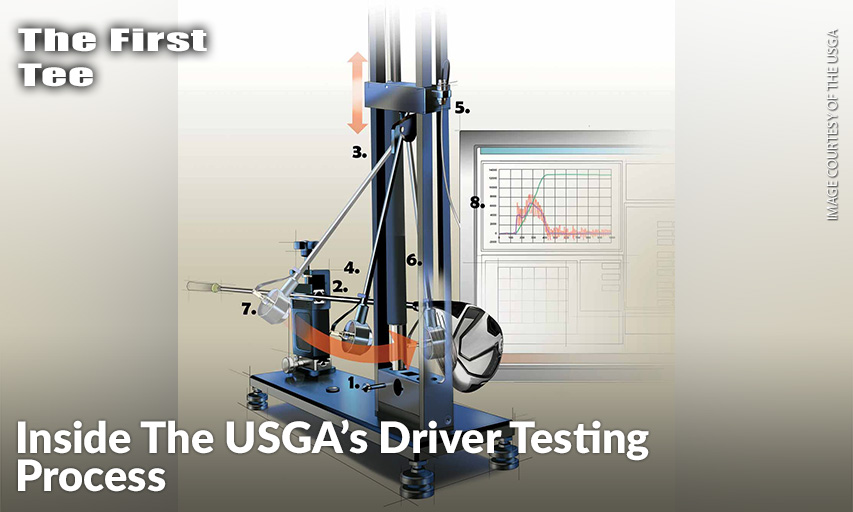Inside The USGA’s Driver Testing Process
- Details
- Category: Inside Golf
- Published: 2020-01-03

By EVAN ROTHMAN, Golf.com
You can’t have too much spring in your step, but you can in your club. A clubface with excessive trampolining may flex too much, keeping the ball on the face too long and thus boosting ball speed beyond what is permissible. To keep tech from trumping skill, the USGA and R&A limit that flexibility, which in turn limits the energy the club can transfer to the ball.
Back in the old days, the governing bodies fired a ball at a club with an air cannon to measure the coefficient of restitution (aka COR, a measure of impact efficiency); now they use a more sophisticated method that involves a pendulum.
The pendulum swings and the length of time its strike end stays on the clubface (aka “characteristic time,” or CT) is measured in microseconds, which in turn provides a close approximation of COR. All this to ensure that a driver springs into action legally.



